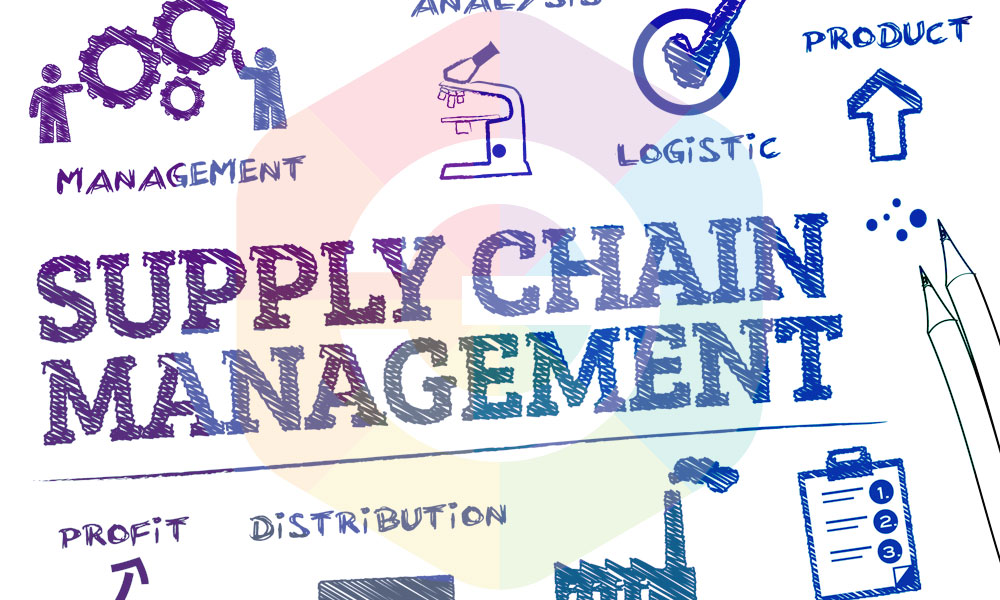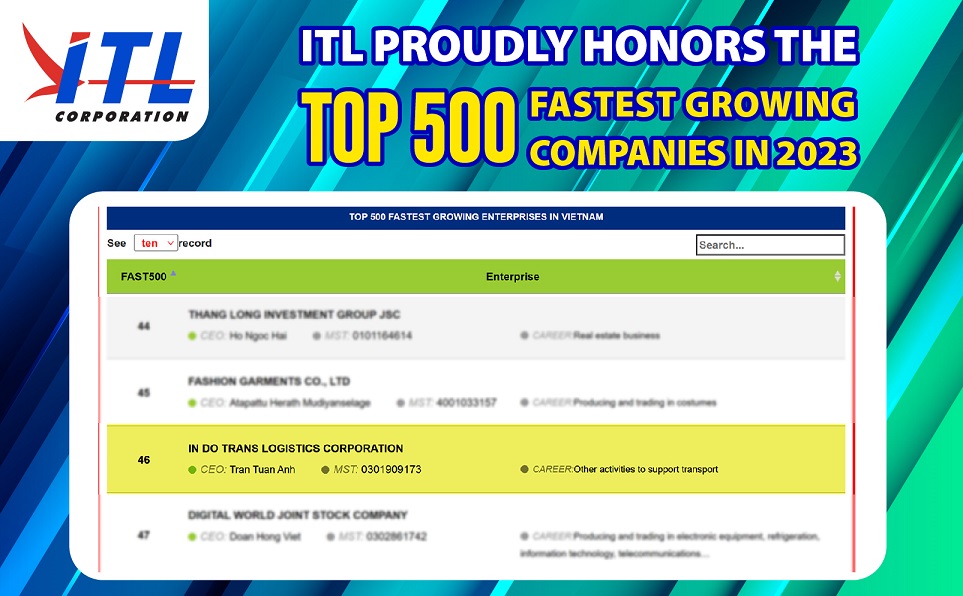20
04/17
How the supply chain has become central to business
For businesses like Apple and Amazon, whose very existence depends on a global supply chain, it’s obvious that the CEO needs to understand these issues; Tim Cook, as COO, was not a surprise choice to be Steve Jobs’ successor. The media, too, are increasingly aware that for many companies, the supply chain is everything. Amazon’s new supply chain strategy has received a great deal of column inches, many of them suggesting that this will be the company’s route to reaching stratospheric new heights.
A view of the supply chain from the top of the company is essential for any large organisation. If you don’t understand how the operational parts of your business fit together, how can you improve them? Where do you start if a recession or cuts begin to bite and you need to find savings? How will a squeeze on your suppliers affect your production capacity? And just how far back down the supply chain can you see? Who is supplying your factory 3,000 miles away, and what are their working practices? The advent of the Modern Slavery Act has caused quite a number of major brands to start thinking seriously about that one.
The technology that has developed over the past three decades has played an essential role in making possible the global view of the corporate chain. That top level view simply wouldn’t be possible without all the software applications that provide visibility, apply incredibly complex algorithms to achieve optimisation and allow us to process vast volumes of data in order to understand trends and to spot patterns.
According to our own research and experience, supply chain leaders of the future will be business people who are able to articulate operational questions in straightforward, strategic terms. They will have the ability to carry out clear, adaptive decision making, and their place will be in the board room.
















